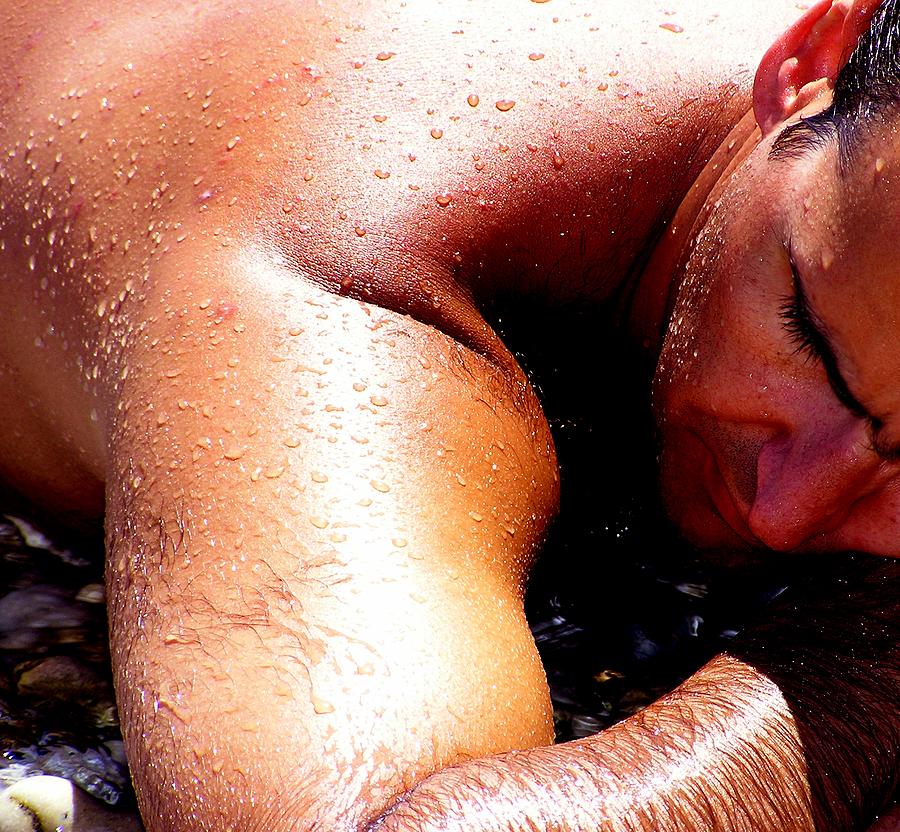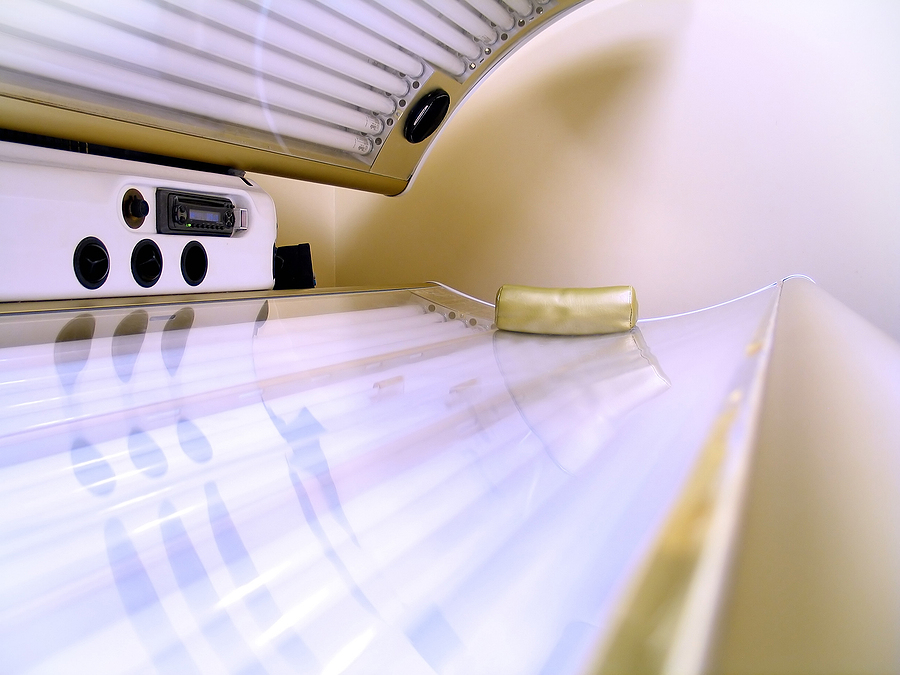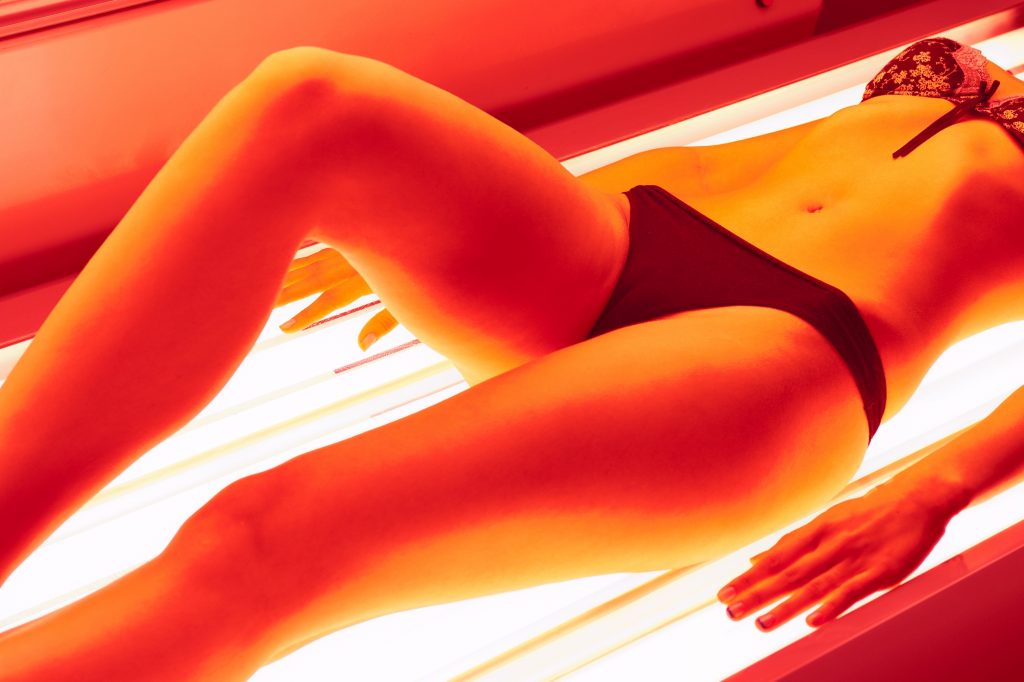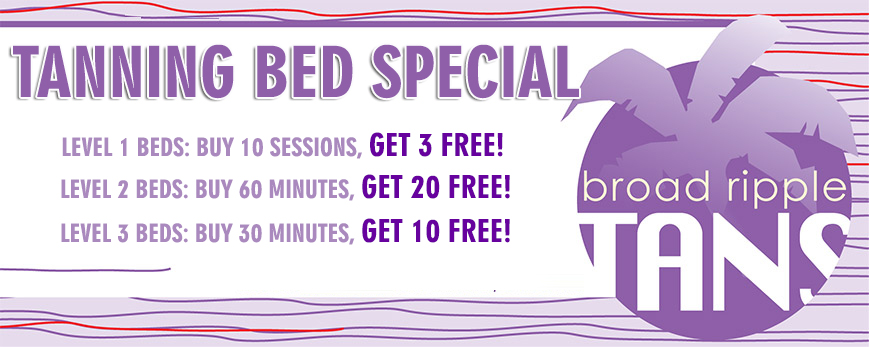The allure of a sun-kissed glow has captivated cultures across the globe for millennia. With the peak of summer, thoughts turn to bronzed skin and the health implications associated with acquiring such a tan. But beyond the surface-level appeal lies a deeper narrative — the intricate biophysical chain reaction that transforms our skin color. In this enlightening exploration, we dissect the science of tanning, decode how UV rays impact our skin, and cast light on emerging sunless technologies for a healthier, radiantly bronzed future.

The Basics of Tanning
Tanning is not merely a cosmetic change in skin pigmentation; it’s a biological defense against sun damage. When our skin is exposed to ultraviolet (UV) radiation from the sun or tanning lamps, specialized cells called melanocytes churn out increased quantities of a pigment called melanin. This expanded melanin army swoops in to absorb and dissipate the UV radiation before it penetrates deeper layers of our skin, thereby preventing DNA damage that can lead to skin cancer.
Melanin Movement
Melanin is our skin’s natural sunscreen. It comes in two varieties — eumelanin, which provides brown to black pigmentation and pheomelanin, which causes a reddish or yellow hue. Melanocytes produce and disseminate these pigments, leading to the spectrum of skin shades we see.
The Sun’s Spectrum
The sun emits three types of UV rays — UVA, UVB, and UVC. UVC is absorbed by the Earth’s ozone layer and does not reach us, but UVA and UVB are culprits in the skin-tanning detective story. UVA rays cause tanning with the delayed surfacing of pigmentation, leading to a deeper tan. UVB rays are predominantly responsible for sunburn but contribute significantly to the tanning process as well.
Tanning Methods: Natural vs. Artificial
The age-old method of catching the sun’s rays and the modern spectacle of tanning beds might seem worlds apart, but both hinge on the fundamental mechanism of melanin activation.
Sunbathing
Natural tanning occurs when skin is exposed to sunlight. The process happens rapidly, with a tan developing within hours. However, it comes with risks, such as sunburn, premature aging, and an increased chance of developing skin cancer — especially with prolonged or unprotected exposure.
Artificial Tanning
Artificial tanning, on the other hand, involves the use of tanning beds that emit UV radiation similar to the sun. While this approach may preclude weather or location constraints, it does not eliminate the risks of sun damage. Furthermore, some research suggests that artificial tanning may increase the risk of melanoma, the deadliest form of skin cancer.
The Science Behind Tanning
The tanning process is a symphony of cellular responses choreographed by melanin under the baton of UV radiation.
Melanin Mobilization
When exposed to UV rays, a chemical change takes place in existing melanin pigments, resulting in immediate tanning. Simultaneously, UV light exposure triggers the release of signaling molecules that prompt melanocytes to produce more melanin, preparing the skin for future sun exposure.
Rethinking Golden Goals
The quest for a tan sometimes leads to overexposure to UV rays, which can damage the DNA in skin cells and result in a suntan’s fade revealing flaking or peeling skin. This replenishment of skin cells is a result of the body’s attempt to rid itself of cells that have either been damaged or are at high risk of becoming cancerous.
Tanning & Your Skin Health
While some skin types can tan with greater ease and protection, others are more susceptible to damage. People with fair skin, freckles, and light hair are more sensitive to UV radiation, as their skin has fewer melanocytes and produces less melanin. This combination leaves them vulnerable to sunburn and at a higher risk of skin cancer.
Tips for Safe Tanning
If you’re set on achieving a tan, do so gradually. Start with short sessions in the sun or tanning bed, and always wear sunscreen with an SPF of at least 30. Apply it generously and reapply every two hours, or after swimming or sweating. Protective clothing, hats, and sunglasses are also beneficial in reducing skin exposure to direct sunlight.
Tanning Myths vs. Facts
Dispelling common misconceptions is crucial for informed tanning practices. Here are two common myths to know about:
Myth: A Base Tan Protects You
Fact: A so-called “base tan” offers the equivalent protection of SPF 3–4, which is notoriously inadequate.
Myth: Tanning Beds Are Safer Than the Sun
Fact: The UV radiation emitted by tanning beds can be up to 15 times more intense than the midday sun. Despite this, there’s a persistent myth that a base tan from a tanning bed can protect against sunburn.
Sunless Tanning Innovations
Innovation stands at the cusp of a safer tanning horizon, striving for that ideal of UV-free, natural-looking tans. The latest in sunless tanning ranges from self-tanning lotions with improved, streak-free formulas to innovative spray tan booths. These products utilize dihydroxyacetone (DHA), a colorless sugar that interacts with amino acids in the skin to produce a darkening effect.
Protecting the Skin You’re In
The future lies in conscious cosmetic choices and responsible sun behavior. The message is clear: achieving a tan need not come at the cost of our skin’s health. Education and the adoption of safe practices are crucial steps toward a golden, healthy glow.
Conclusion
Tanning is a natural and scientifically fascinating process that plays a vital role in our skin’s defense mechanisms. Throughout history, it has been a symbol of beauty and health, though our increasing understanding of skin care and safer alternatives demands a new approach. By merging knowledge with prudent habits, we can enjoy sun-dappled days without compromising our skin’s safety. It’s time to shine — wisely, consciously, and healthily.
In closing, as you continue on your tanning adventure, whether by natural or artificial means, remember that beauty should never eclipse health. Prioritize your well-being, and you’ll find that the most attractive glow is the one that radiates from skin that’s been properly cared for. Now bask in the sun’s wonders, treading the fine line between a healthy tan and skin that’s well-loved. Here’s to a summer of informed, glowing beauty.
Are you looking for a local tanning salon that offers the best tanning beds and products around? Contact Broad Ripple Tans at 317-257-8262 to get the best deals on tanning beds, spray tanning, tanning products, and more! We also offer coupons!
Related Posts:
Unraveling the Mysteries: How Does Our Skin Tan?
Facts About Vitamin D and its Effect on Skin Health
4 Ways to Improve the Texture of Your Skin



